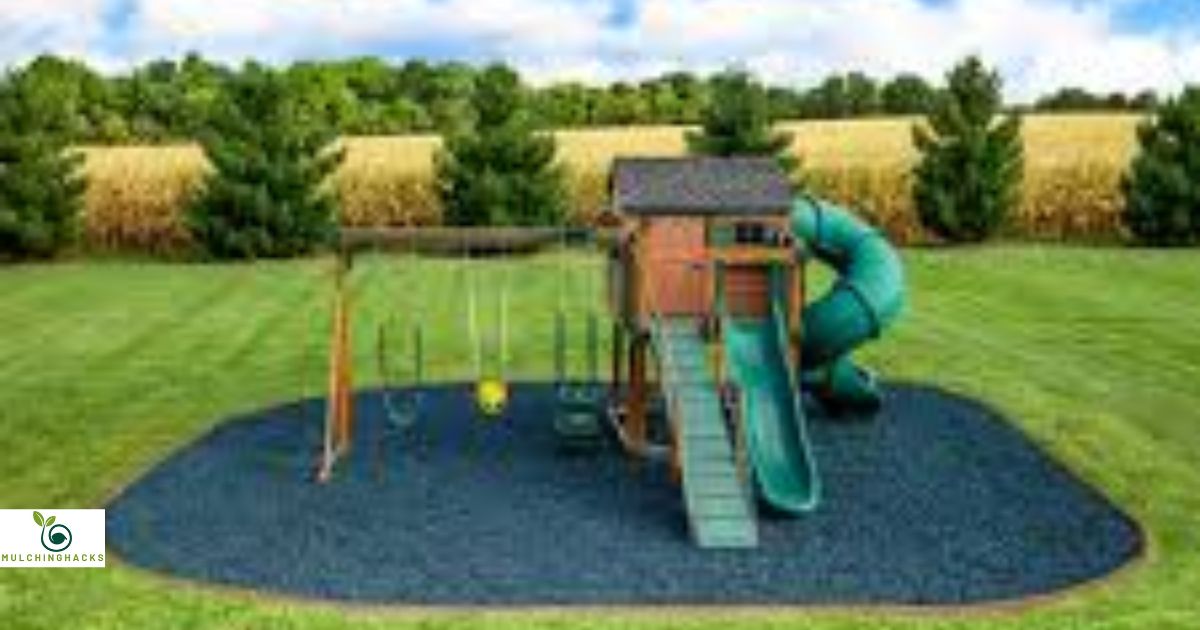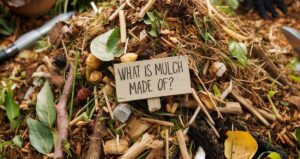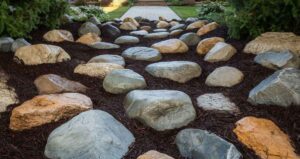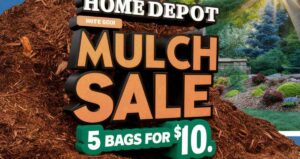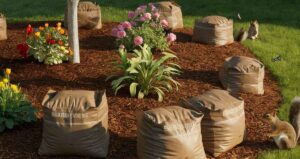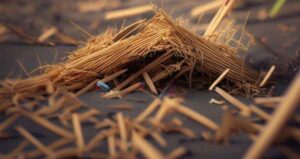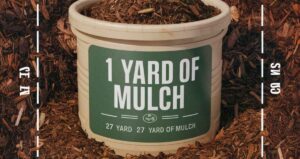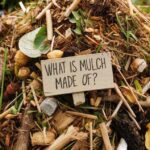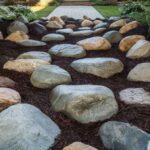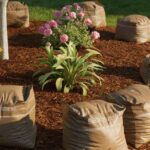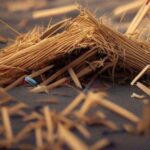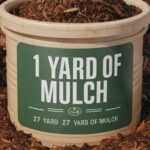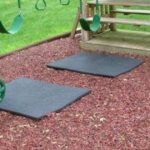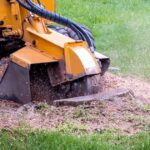Rubber mulch has gained popularity as a versatile and sustainable option for landscaping and playgrounds. It provides numerous benefits, including superior shock absorption, weed prevention, and longevity. However, before you dive into your rubber mulch project, it’s essential to determine how much you’ll need to cover the desired area adequately. In this comprehensive guide, we’ll walk you through the steps to calculate the right amount of rubber mulch for your project.
Here’s a table to help you estimate the amount of rubber mulch required
| Area to Cover (in square feet) | Desired Mulch Depth (in inches) | Rubber Mulch Needed (in cubic feet) |
|---|---|---|
| 100 | 1 | 8.33 |
| 100 | 2 | 16.67 |
| 200 | 1 | 16.67 |
| 200 | 2 | 33.33 |
| 500 | 1 | 41.67 |
| 500 | 2 | 83.33 |
Factors to Consider
Area Size and Shape
The total area you need to cover plays a significant role in calculating the amount of rubber mulch required.
Consider the shape of the area, as irregular shapes may require more precise measurements.
Depth of Mulch
The depth of the mulch layer is a critical factor in determining the volume needed. The standard depth is often around 2-3 inches for most applications, but this can vary.
Mulch Density
The density or compaction level of rubber mulch can influence the amount needed. More densely packed mulch may require less volume.
Type of Project
Different projects, such as landscaping, playgrounds, or garden pathways, will have unique requirements for rubber mulch coverage.
Coverage Area
Some rubber mulch products have specific coverage area recommendations based on the manufacturer’s guidelines.
Calculating Rubber Mulch Needs
To determine how much rubber mulch you need, follow these steps:
Measure the Area
Start by measuring the length and width of the area you intend to cover in feet.
For irregularly shaped areas, divide the space into smaller, more manageable sections, and measure each separately.
Multiply the length by the width to calculate the square footage of each section.
If you have multiple sections, add the square footage together to find the total area.
Determine the Desired Depth
Decide on the depth of rubber mulch you want. As mentioned earlier, 2-3 inches is typical for most applications.
Convert the depth into feet by dividing it by 12 (since there are 12 inches in a foot).
Adjust for Compaction
Take into account the mulch’s density or compaction level. Some rubber mulch products may be more compact, while others may have a looser fill.
If a mulch product has a compaction ratio, multiply the calculated cubic feet by that ratio to find the adjusted volume.
If a mulch product has a compaction ratio, multiply the calculated cubic feet by that ratio to find the adjusted volume.
Choose the Right Rubber Mulch
Research different rubber mulch products and their coverage per bag or pallet.
Calculate how many bags or pallets are needed based on the adjusted volume.
Example Calculation
Let’s walk through an example to illustrate the calculation process:
Scenario:
You have a rectangular playground area that measures 20 feet in length and 15 feet in width.
You want to apply rubber mulch at a depth of 3 inches.
The rubber mulch product you’re considering has a compaction ratio of 0.9 and covers 8 square feet per bag.
Measure the Area
- Area = 20 feet (length) × 15 feet (width) = 300 square feet
Determine the Desired Depth
Depth = 3 inches ÷ 12 = 0.25 feet
Calculate Cubic Feet
Cubic Feet = 300 square feet × 0.25 feet = 75 cubic feet
Adjust for Compaction
Compaction Ratio = 0.9
Adjusted Cubic Feet = 75 cubic feet ÷ 0.9 = 83.33 cubic feet
Choose the Right Rubber Mulch
Rubber Mulch Coverage per Bag = 8 square feet
Number of Bags Needed = 83.33 cubic feet ÷ 8 square feet per bag ≈ 10.42 bags
In this example, you would need approximately 11 bags of rubber mulch to cover the 300-square-foot playground area at a depth of 3 inches, taking into account the compaction ratio.
Special Considerations
Overestimation
It’s generally recommended to order slightly more rubber mulch than your calculated amount to account for potentially uneven surfaces and minor discrepancies in measurements.
Border Installation
If your project includes borders or edging, consider that the mulch will not cover those areas. Calculate the volume for the main area separately and then adjust for the border dimensions.
Maintenance and Renewal
Factor in the need for periodic maintenance and mulch renewal, as rubber mulch can settle and decompose over time. Having some extra on hand for touch-ups is a good idea.
Different Types of Rubber Mulch Projects
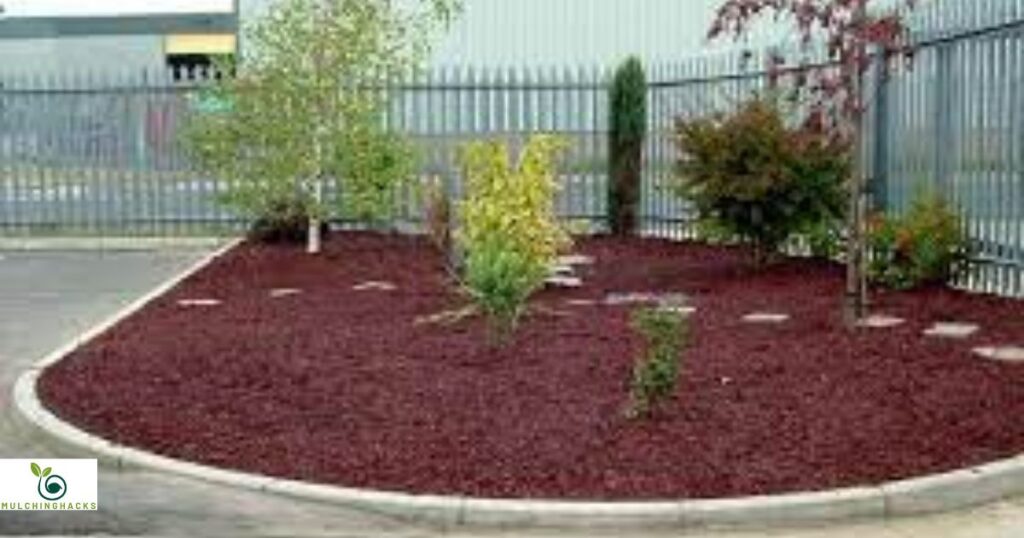
Landscaping
Landscaping projects often involve covering large areas with rubber mulch. Here are some steps to help you calculate the amount needed for your landscaping project:
Measure the Area
Divide your landscaping area into sections for more manageable measurements.
Measure the length and width of each section and calculate the square footage.
Add the square footage of all sections to find the total area.
Determine the Desired Depth
Decide on the depth of rubber mulch you want for your landscaping project. Typically, a depth of 2-3 inches is suitable.
Calculate Cubic Feet
Use the formula: Cubic Feet = Area (in square feet) × Depth (in feet).
Adjust for Compaction
Consider the compaction ratio of the rubber mulch product you choose.
Adjust the cubic feet accordingly.
Choose the Right Rubber Mulch
Research and select the type of rubber mulch that suits your landscaping needs.
Calculate how many bags or pallets you’ll need based on the adjusted volume.
Playground Surfaces
Playground surfaces require special attention to safety and shock absorption. Follow these steps to calculate the right amount of rubber mulch for your playground project:
Measure the Area
Measure the dimensions of the playground area in square feet.
Determine the Desired Depth
Safety standards often recommend a depth of 6 inches for playgrounds to ensure proper shock absorption.
Calculate Cubic Feet
Calculate the cubic feet using the formula: Cubic Feet = Area (in square feet) × Depth (in feet).
Adjust for Compaction
Consider the compaction ratio of your chosen rubber mulch product.
Adjust the cubic feet based on the compaction ratio.
Choose the Right Rubber Mulch
Select a high-quality rubber mulch product designed for playground safety.
Determine how many bags or pallets you need based on
FAQ
Can I mix different types of rubber mulch for my project?
It’s generally not recommended to mix different types of rubber mulch, as they may have varying compaction ratios and densities. Consistency in the product used is essential for accurate calculations.
How do I calculate the amount of rubber mulch needed for a sloped area?
For sloped areas, calculate the volume as if it were flat, using the projected horizontal dimensions. Keep in mind that the depth of rubber mulch may need to be adjusted to prevent runoff on steep slopes.
Is there a difference in rubber mulch volume needed for hot and cold climates?
Extreme temperatures can affect the volume of rubber mulch required. In hot climates, mulch may settle more, so it’s advisable to add a little extra to compensate for potential loss over time.
Can I use rubber mulch for indoor applications, and how is it calculated differently?
Yes, rubber mulch is suitable for some indoor applications like gyms or play areas. Calculate the volume as you would for outdoor areas, considering the specific depth required and ensuring proper ventilation.
What’s the best way to estimate the compaction ratio of a rubber mulch product?
The compaction ratio is often provided by the manufacturer. However, if it’s not specified, you can inquire with the manufacturer or supplier for this important information to make accurate calculations.
Conclusion
Calculating the right amount of rubber mulch for your project is a critical step in ensuring its success. By considering factors such as the area size, desired depth, mulch density, and the specific type of project, you can make an accurate estimate. Overestimating slightly and accounting for maintenance needs will help you avoid last-minute inconveniences. With the proper planning, you can enjoy the benefits of rubber mulch while creating a safe and attractive landscape or playground area.
